Japan's Ritual Ghosts, Monsters, Ogres and Goblins
Japan's Ritual Ghosts, Monsters, Ogres and Goblins
In 2013, just after finishing his European tour of winter masquerades (Wilder Mann), Charles Fréger began a photography project exploring Japan’s masked ritual figures. Photographing sumo wrestlers (Rikishi, 2002-2003) had already made him familiar with the country, but he knew nothing about rural areas. That is the topic of Yokainoshima: through an inventory of masked figures, he paints the face of Japan’s countryside, the traditions that set the pace of its inhabitants’ lives and the earth upon which they tread and work.
Over the course of five trips, Fréger travelled through many inland areas and islands, experiencing Japan’s particular relief, its extent and the natural phenomena that regularly rock it. His extensive exploration of the archipelago has allowed him to sensitively grasp the reasons why the Japanese have an empathic relationship with their environment and their extreme awareness of nature’s vitality. Yokai, oni, tengu and kappa, which can be translated as ghosts, monsters, ogres and goblins, are ritual figures imagined by man and embodied during festivals and ceremonies as an attempt to tame the elements and find meaning in natural events. Presenting a variety of forms existing in Japan, the series undeniably achieves a documentary objective. Yet Fréger no longer seeks the realism of situations or comprehensiveness.
His portraits are obviously partial in both meanings of the word. Herons, stags, ogres, demons and other figures from Japan’s bestiary are shown outside the context of festivities, moving around in rice paddies, fields or water.
Yokainoshima (‘the island of the Yôkai’) has become part of the personal cartography Fréger continues drawing one series after another, made up of lands inhabited by a humanity that is earthly and otherworldly at the same time.
All images © 2016 CHARLES FRÉGER

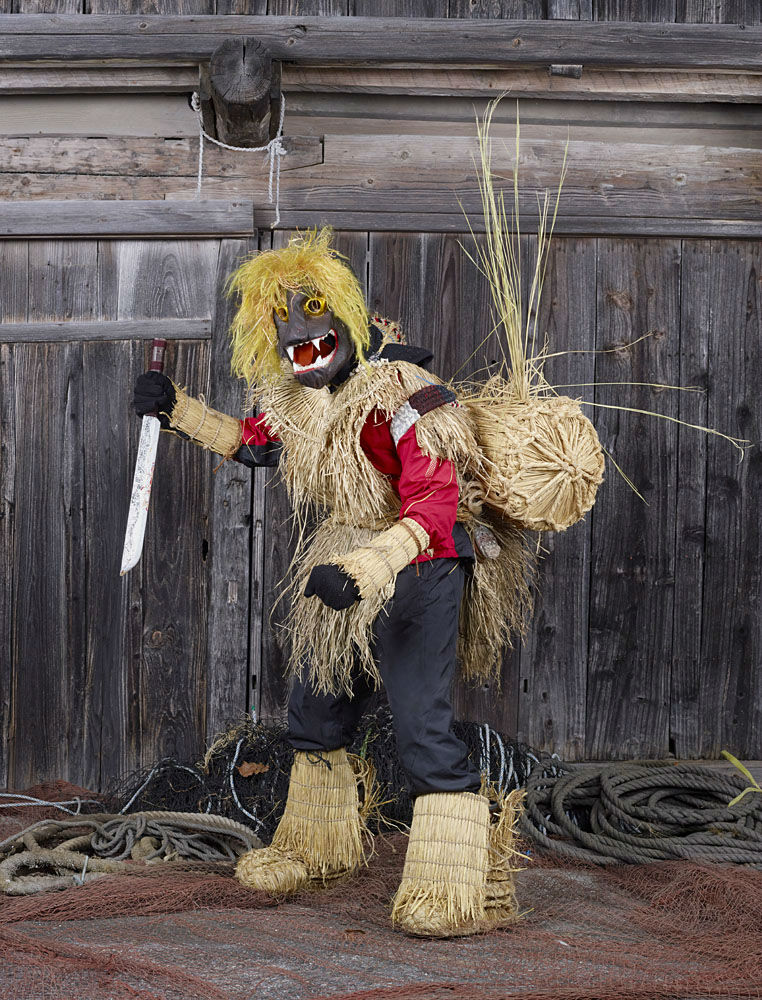



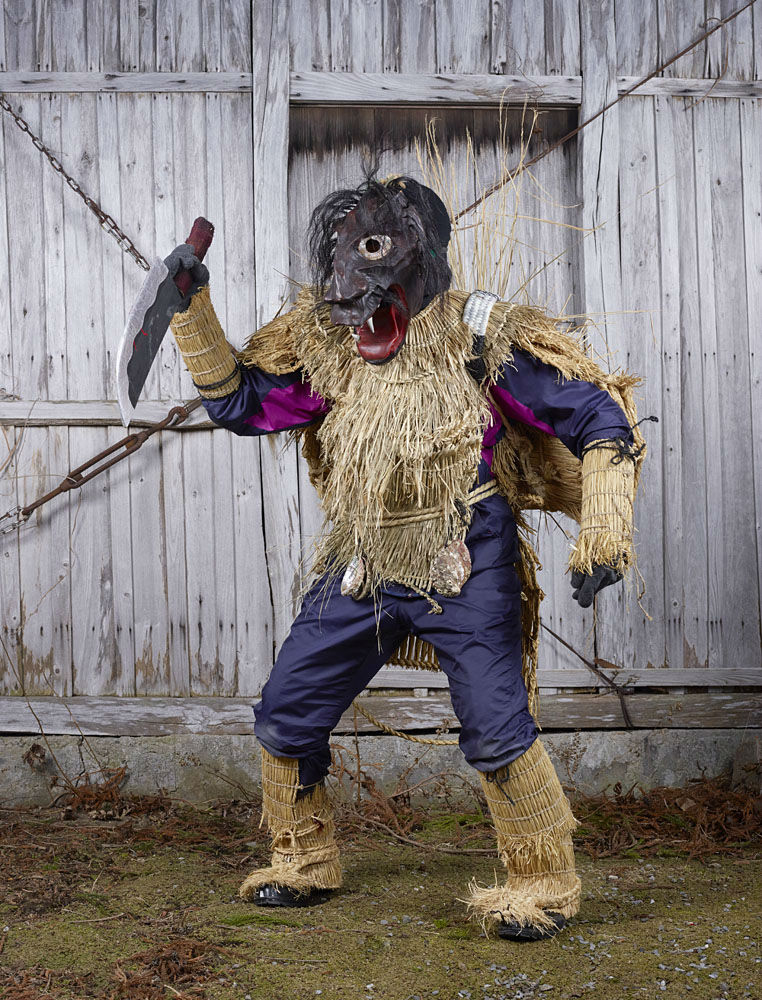





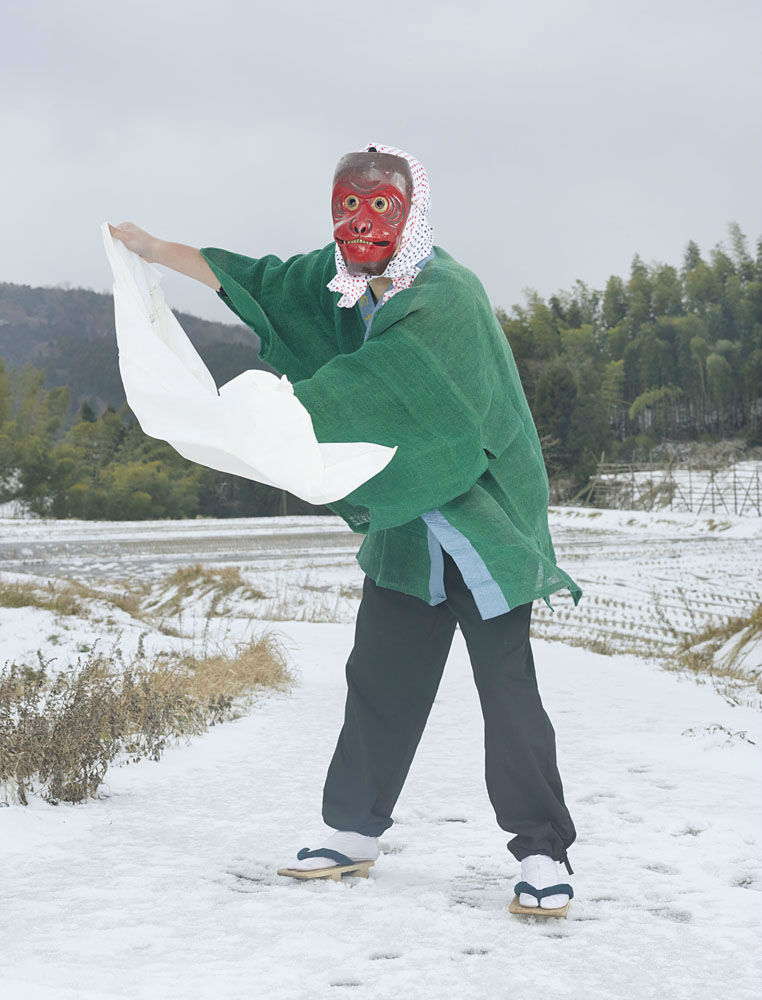

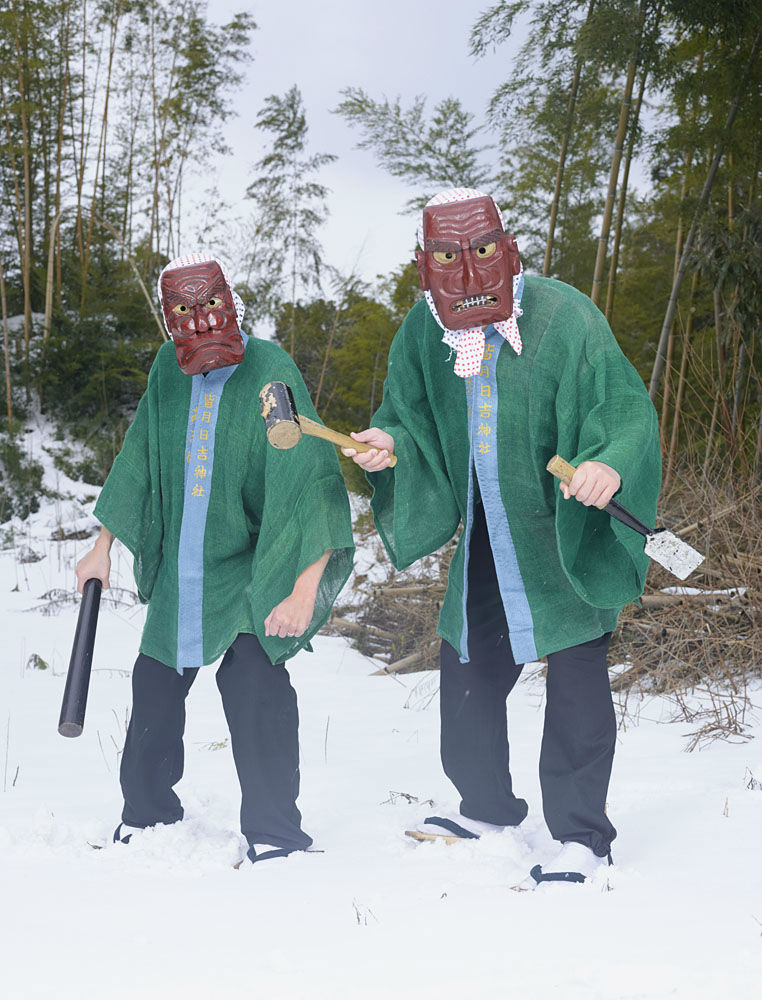



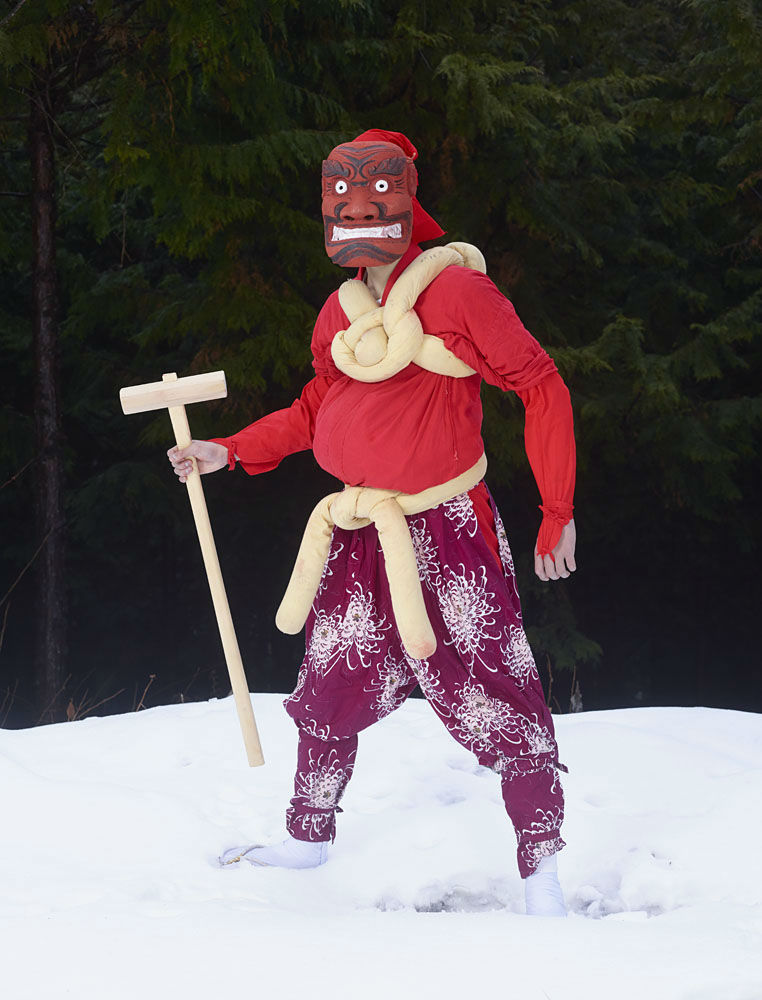

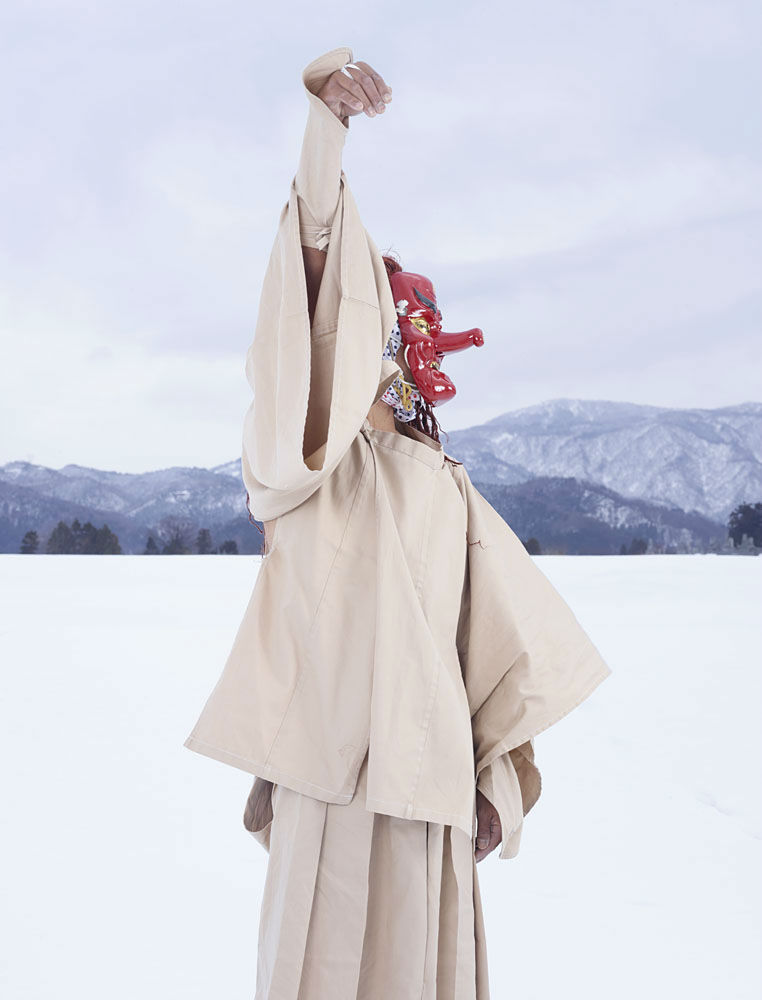
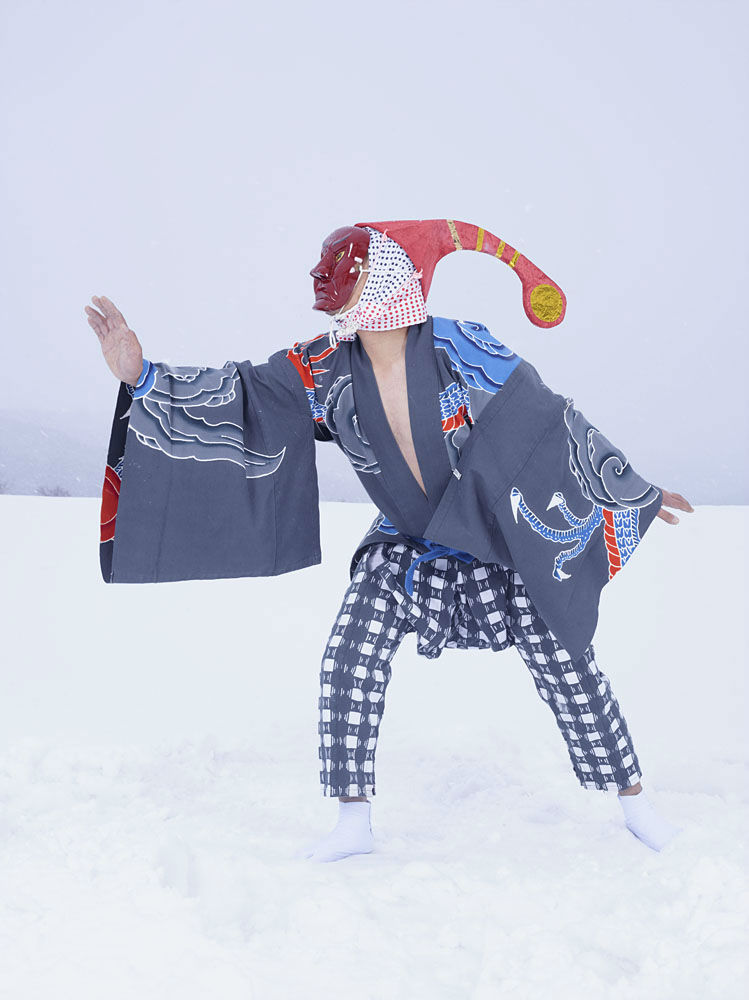

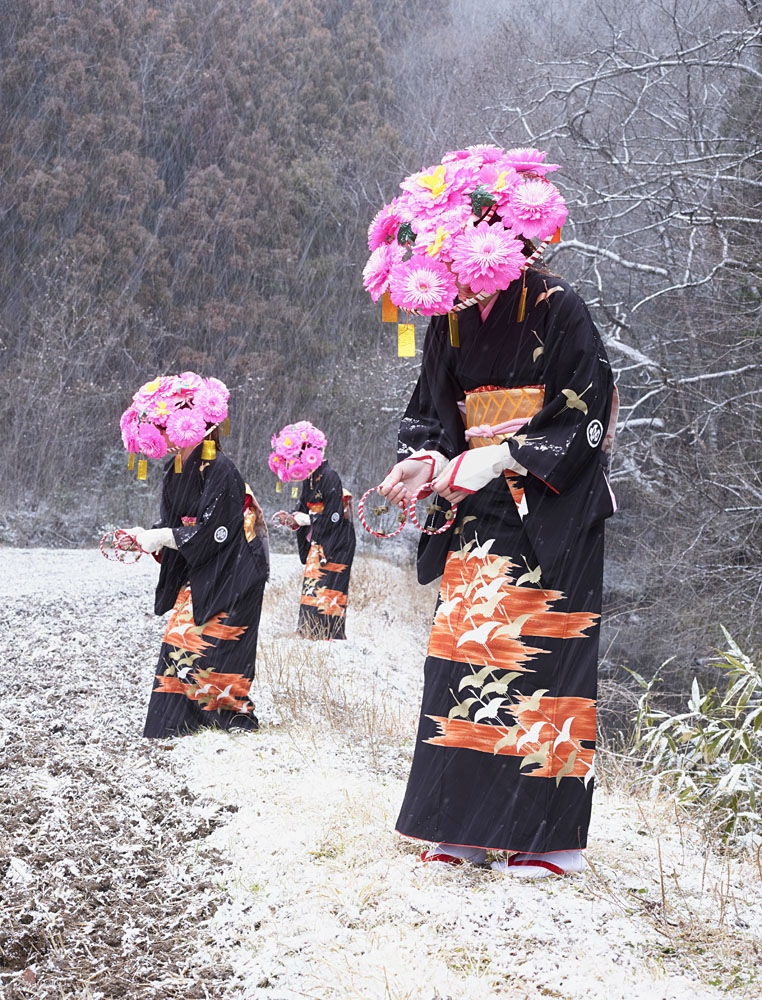


Be the first to post a message!
